
Container gardening has gained immense popularity in recent years, allowing people with limited space to bring the joys of gardening right to their doorsteps. Whether you live in a tiny apartment or simply want to add some greenery to your patio, container gardening offers a versatile and manageable solution. To help you get started on your own container garden, here are 10 tips that will ensure your gardening endeavors blossom into a flourishing success. So, grab your gardening gloves, roll up your sleeves, and get ready to create a vibrant oasis in even the smallest of spaces.
Choosing the Right Containers
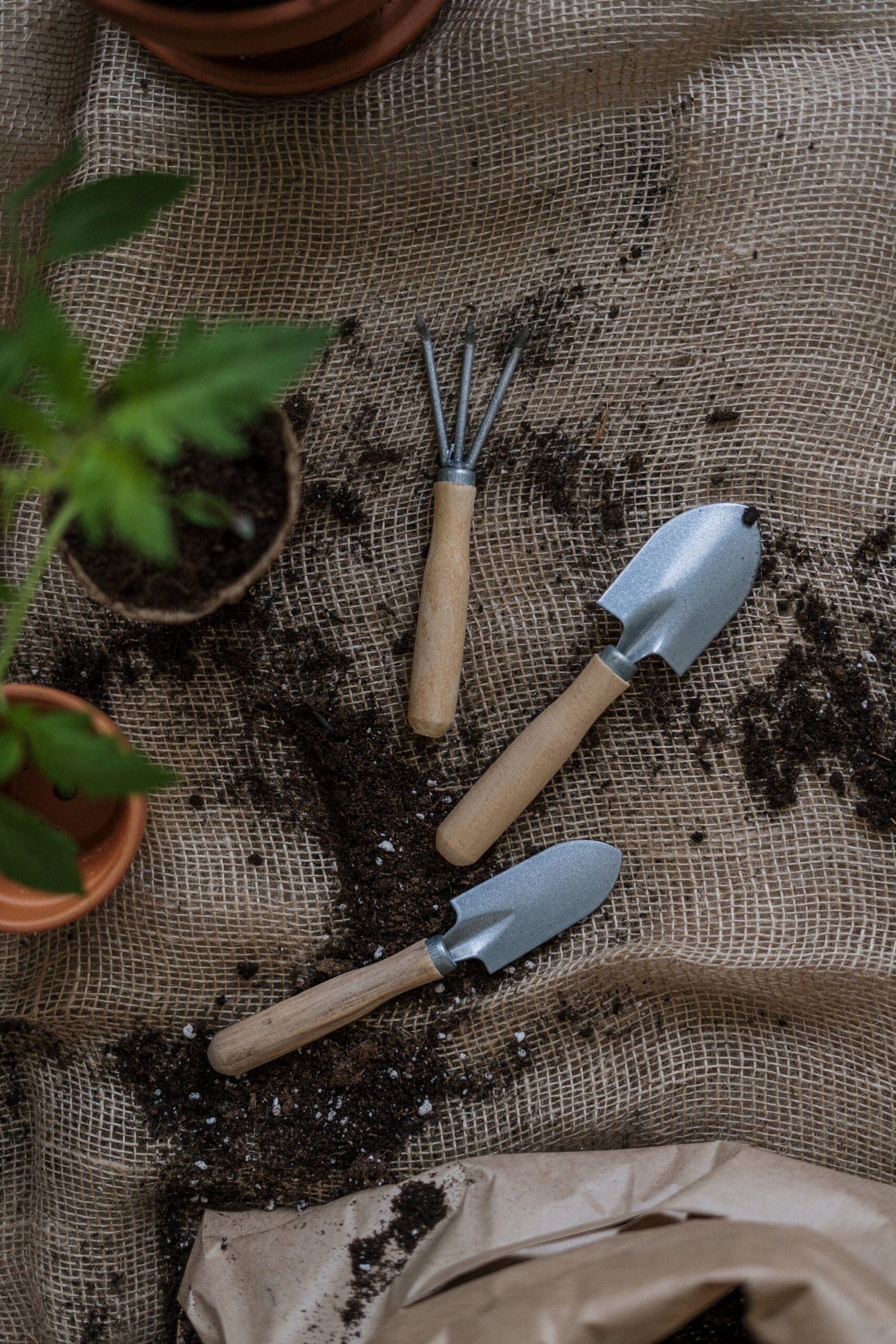
Consider the Size
When choosing containers for your garden, it is important to consider the size of the plants you intend to grow. Larger plants, such as tomatoes or fruit trees, will require larger containers to accommodate their root systems and ensure proper growth. On the other hand, smaller plants like herbs or flowers can thrive in smaller containers. Be mindful of the eventual size of your plants and select containers accordingly.
Select the Material
Container materials play a significant role in the success of your gardening endeavors. There are a variety of options available, including plastic, ceramic, and terracotta. Plastic containers are lightweight, durable, and retain moisture well. Ceramic containers provide excellent insulation but can be prone to cracking in cold temperatures. Terracotta containers are porous, promoting proper drainage, but may dry out quickly. Consider the specific needs of your plants and the climate in which you are gardening when choosing the material for your containers.
Ensure Proper Drainage
Proper drainage is essential for the health of your plants. Without adequate drainage, excess water can accumulate in the containers, leading to root rot and drowning the plants. When selecting containers, ensure that they have drainage holes at the bottom to allow water to escape. If your chosen container does not have drainage holes, drill or punch several holes at the bottom. Additionally, adding a layer of stones or gravel at the bottom of the container can further improve drainage.
Selecting the Right Soil
Use Quality Potting Mix
Choosing the right soil is crucial to the success of your container garden. Potting mix is specially formulated with the necessary nutrients and moisture-retention properties to support plant growth in containers. Avoid using garden soil in containers as it can be too heavy and may not provide adequate drainage. Instead, opt for a high-quality potting mix that is well-draining and enriched with organic matter.
Consider Moisture Retention
Container plants rely on the soil to retain moisture since they cannot access groundwater like plants grown in the ground. When selecting potting mix, consider its moisture-retention capabilities. Look for mixes that contain ingredients such as peat moss or vermiculite, which help to hold moisture without becoming waterlogged. This will ensure that your plants have access to the water they need without the risk of overwatering.
Balance Nutrient Content
Container plants may require more frequent fertilization than those grown in the ground, as nutrients can quickly deplete in the confined space of a container. Choose a potting mix that is enriched with balanced nutrients or consider adding slow-release fertilizers designed for container plants. Regularly monitoring and testing the nutrient levels in the soil can help you determine if additional fertilization is necessary.
Picking the Right Plants
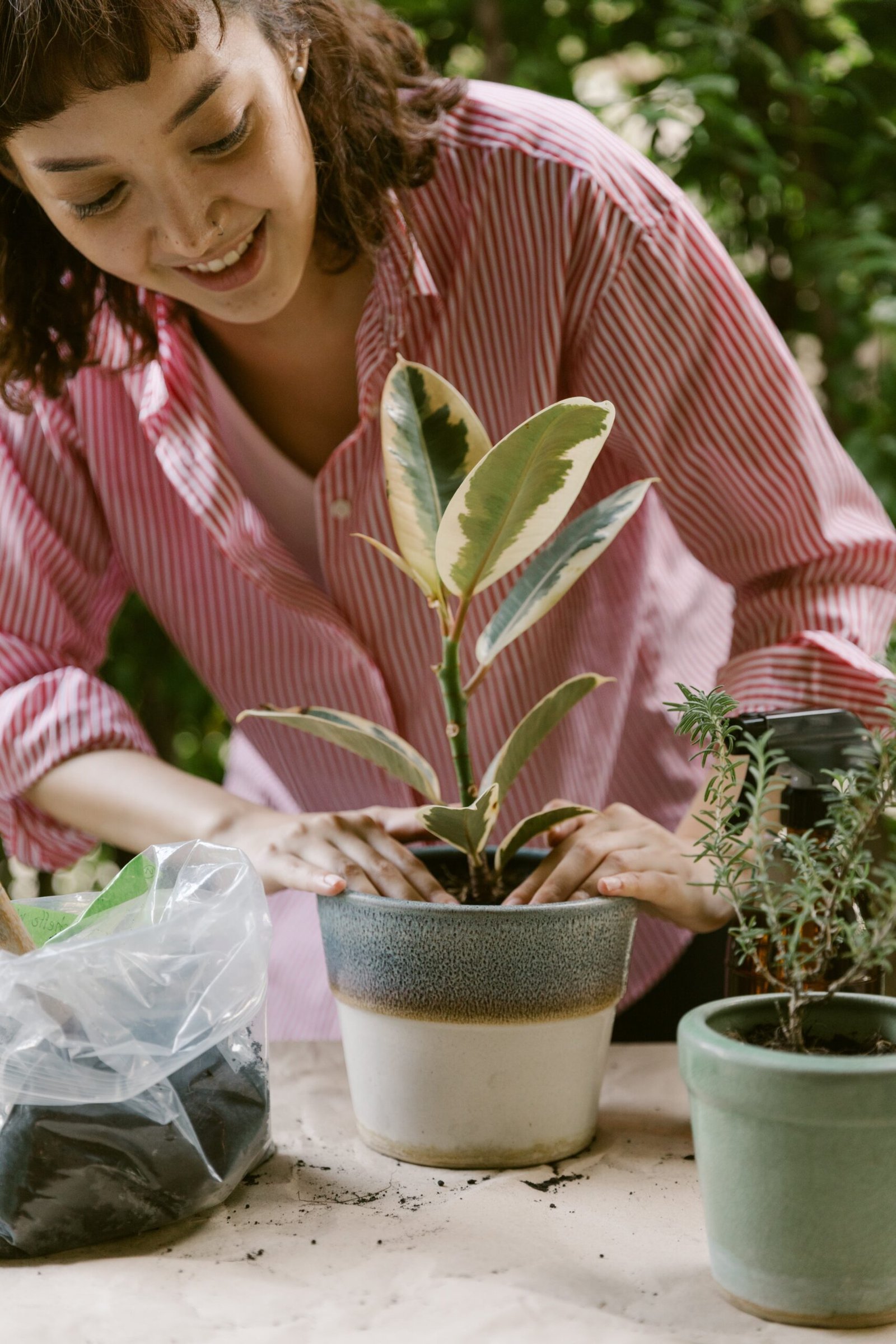
Consider Sunlight Requirements
Plants have varying sunlight requirements, and it is crucial to choose plants that are suitable for the amount of sunlight your container garden receives. Some plants thrive in full sun, while others prefer partial or even full shade. Observe the sunlight patterns in your garden and select plants that will flourish in those conditions. This will ensure that your plants receive the optimal amount of sunlight for healthy growth.
Evaluate Space Constraints
Container gardens offer flexibility in terms of space, allowing you to garden even in small areas. However, it is still important to consider the space constraints when choosing plants. Some plants, such as trailing vines or compact varieties, are well-suited for containers and can thrive in limited space. Consider the size and growth habits of the plants you choose to ensure they have enough room to spread their roots and grow to their full potential within the containers.
Choose Complementary Plants
When planning your container garden, consider mixing different plant varieties to create visually appealing and complementary displays. Some plants can provide shade or act as a backdrop for more colorful or ornamental plants. Selecting plants with different heights, textures, and blooming periods can add depth and interest to your container garden. Additionally, choosing plants that have similar water and nutrient requirements can simplify maintenance and ensure healthy growth.
Providing Proper Watering
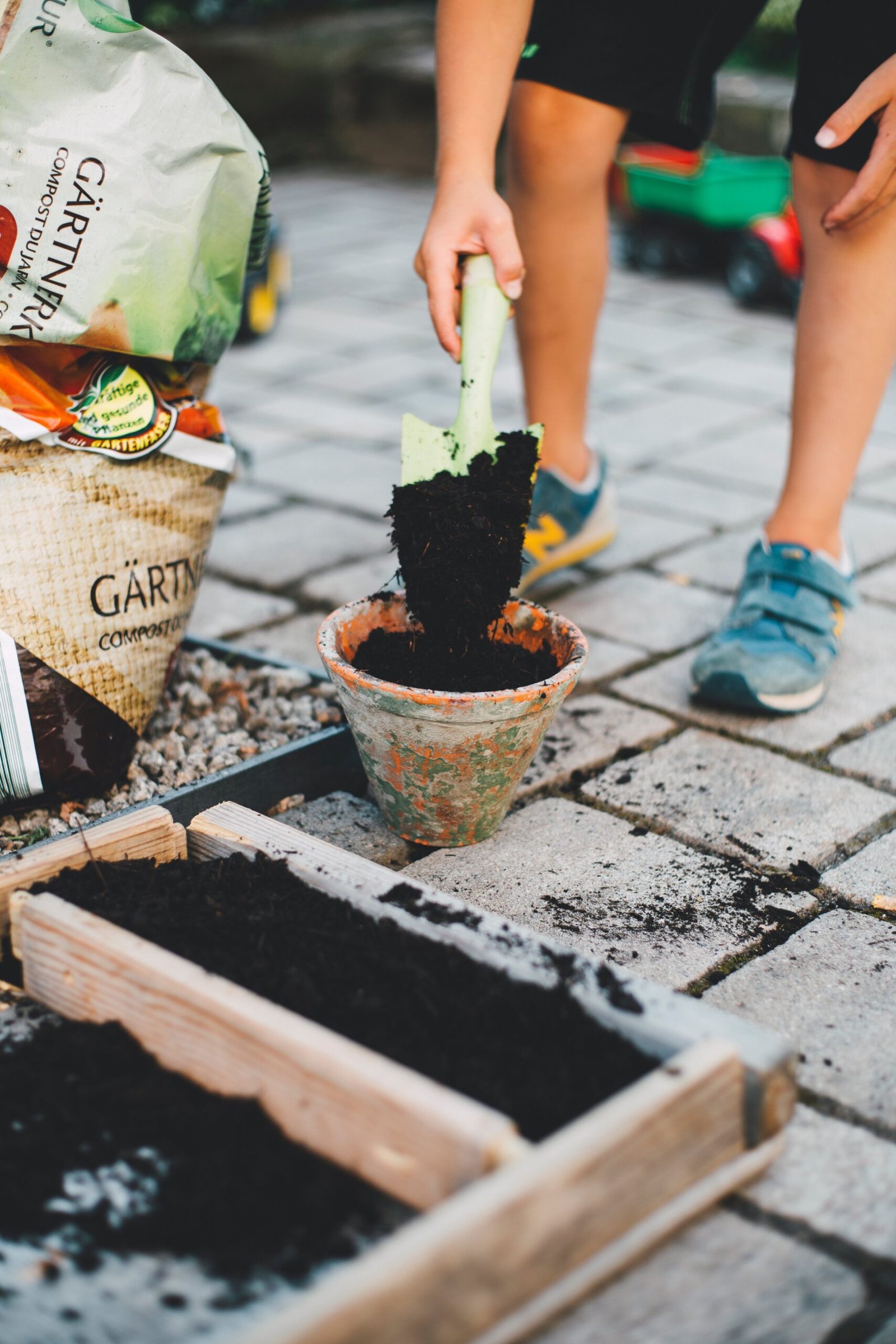
Determine Watering Frequency
One of the most crucial aspects of container gardening is providing proper watering. As plants grow in limited soil volume, they are prone to drying out more quickly than those in the ground. It is important to establish a watering routine based on your plants’ needs and the prevailing weather conditions. Observe the moisture levels in the soil and water when the top inch or two feels dry. Determining the watering frequency will help prevent under or overwatering, both of which can negatively affect plant health.
Water Deeply
When watering container plants, it is important to water deeply and thoroughly. Shallow watering can lead to uneven moisture distribution in the soil and promote shallow root growth. To water your plants effectively, pour water onto the soil surface until it starts to drain out of the bottom of the container. This ensures that the water reaches the entire root zone, promoting healthy root development and overall plant growth.
Avoid Overwatering
While it is important to provide adequate water for your container plants, overwatering can be detrimental to their health. Excess water can lead to root rot, fungal diseases, and increased susceptibility to pests. To avoid overwatering, ensure that your containers have proper drainage holes and never allow the plants to sit in standing water. Monitor the moisture levels in the soil and adjust your watering routine accordingly, especially during periods of excessive rainfall or high humidity.
Ensuring Adequate Drainage
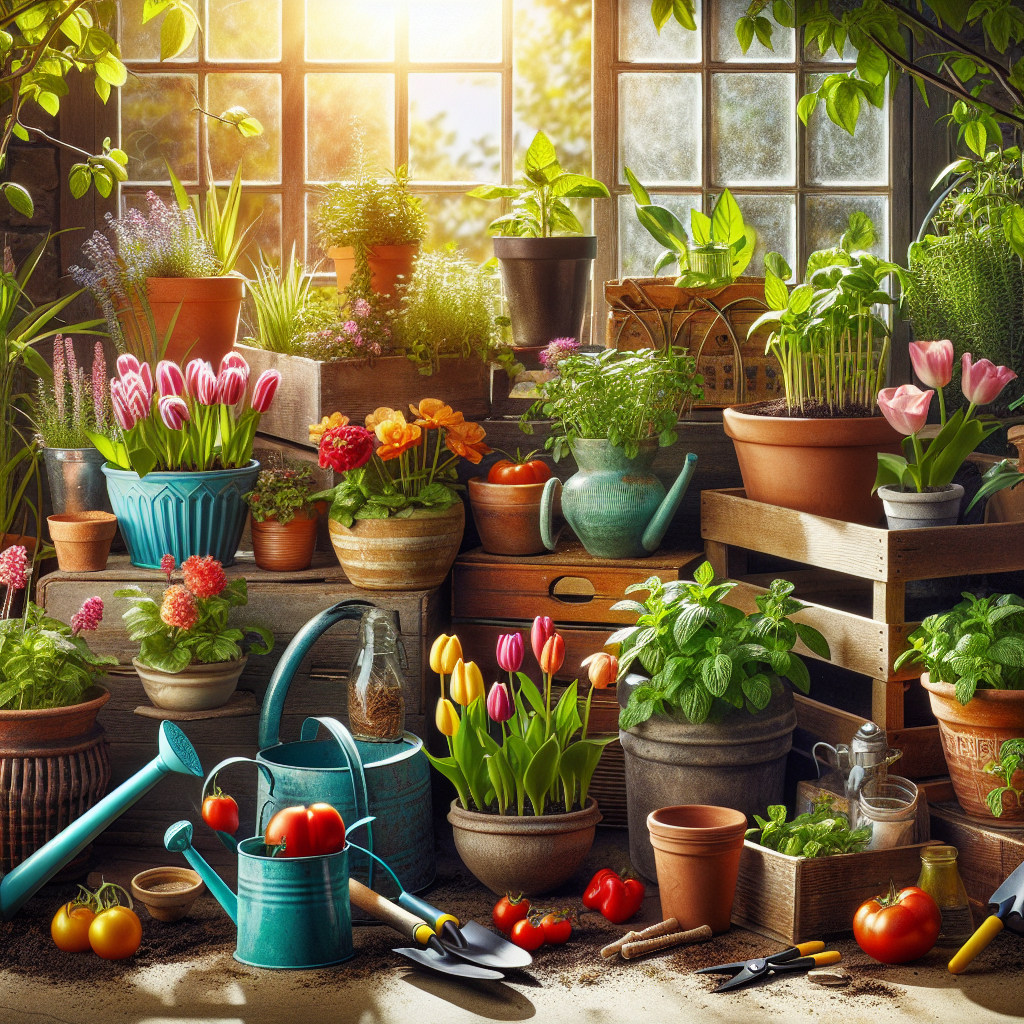
Add Drainage Holes
Proper drainage is crucial for the health of container plants as it allows excess water to escape and prevents the soil from becoming waterlogged. If your containers do not have drainage holes, it is important to add them. Using a drill or nail, create several small holes at the bottom of the container to facilitate drainage. Alternatively, you can place a layer of stones or gravel at the bottom of the container to create a reservoir for excess water.
Use Pot Feet or Elevate Containers
In addition to drainage holes, elevating your containers can further improve drainage and prevent water from accumulating at the bottom. Place pot feet or small blocks underneath your containers to raise them slightly off the ground. This creates airflow and allows water to flow freely through the drainage holes. Avoid placing containers directly on surfaces that do not allow for proper drainage, such as solid concrete or decks.
Applying Fertilizer
Choose the Right Type of Fertilizer
Container plants rely on you for their nutrient needs, as the limited soil volume may deplete nutrients more quickly. Choosing the right type of fertilizer is essential to ensure healthy plant growth. Consider using slow-release or controlled-release fertilizers specifically designed for container plants. These fertilizers provide a steady supply of nutrients over an extended period, reducing the risk of overfertilization and nutrient imbalances.
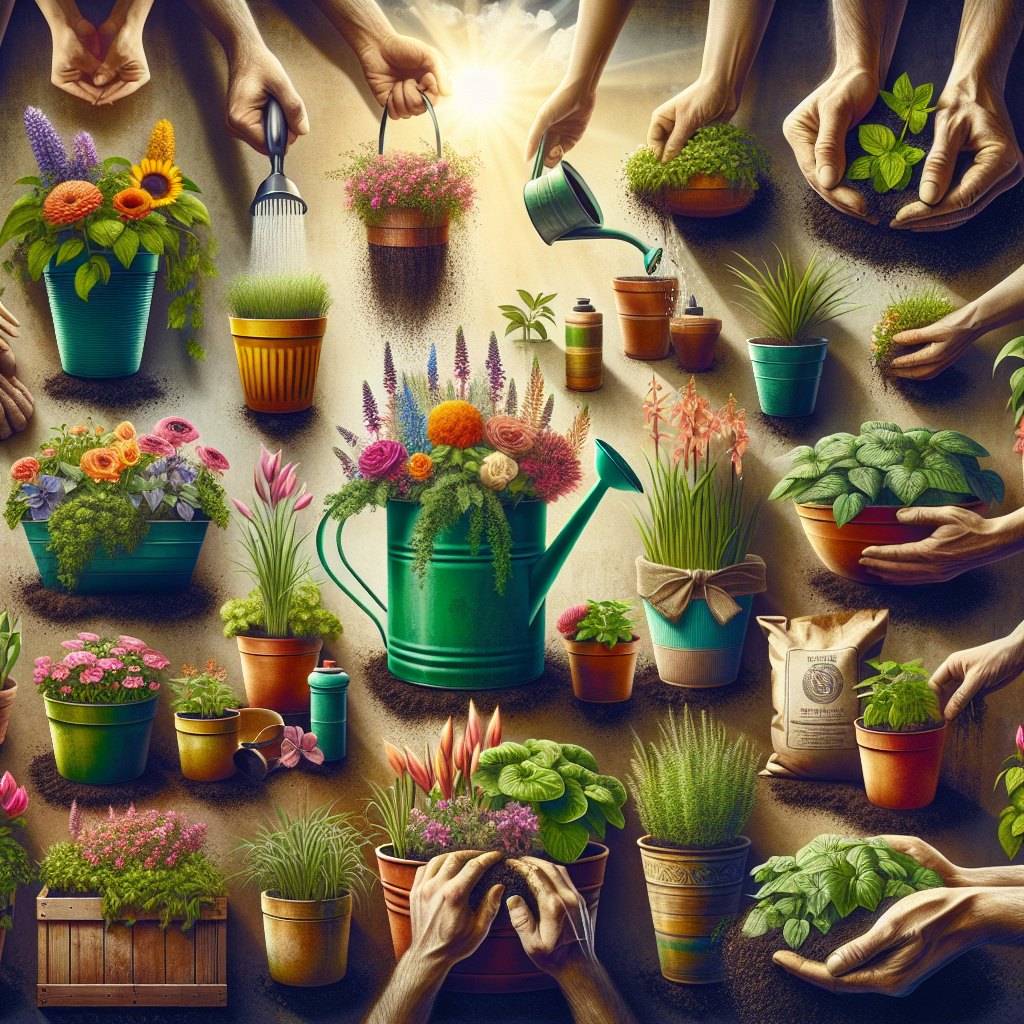
Follow Proper Application Techniques
When applying fertilizer to container plants, it is important to follow the recommended application techniques. Read the instructions on the fertilizer package carefully, as different products may have specific guidelines. Avoid applying excessive amounts of fertilizer, as this can lead to nutrient burn and damage to the roots. Additionally, always water your plants after fertilization to help dissolve and distribute the nutrients evenly in the soil.
Maintain a Schedule
Establishing a regular fertilization schedule is essential for the long-term health of your container garden. Depending on the type of fertilizer you use, you may need to apply it every few weeks or months. Consistency is key when it comes to fertilization, as it ensures a steady supply of nutrients for your plants. Consider setting reminders or creating a calendar to help you keep track of when your plants require fertilization.
Managing Pests and Diseases
Inspect Regularly
Regular inspections of your container garden can help you identify pest infestations and diseases early on. Take the time to closely examine your plants for any signs of pests, such as chewed leaves, webs, or unusual discoloration. Additionally, look out for symptoms of diseases, such as wilting, yellowing, or spotting on leaves. By catching these issues early, you can take prompt action and minimize their impact on your plants.
Use Organic Pest Control Methods
When it comes to pest control in your container garden, consider using organic and environmentally-friendly methods first. Natural predators like ladybugs or praying mantises can help control common garden pests such as aphids or caterpillars. Additionally, you can use organic pesticides derived from plant extracts or soapy water sprays to deter pests. Avoid using harsh chemical pesticides, as they may harm beneficial insects and disrupt the ecological balance of your garden.
Identify Common Signs of Diseases
Being able to identify common signs of diseases in your container garden can help you take appropriate measures to prevent further spread. Look for wilting, yellowing, or stunted growth in your plants, as these can be indicators of diseases. Some diseases may also cause spots, lesions, or fungal growth on the leaves. If you suspect a disease, promptly remove and destroy infected plant parts to prevent the disease from spreading to healthy plants.
Pruning and Deadheading
Remove Dead or Dying Foliage
Regularly removing dead or dying foliage from your container plants not only improves their appearance but also promotes overall plant health. Dead leaves or stems can attract pests and harbor diseases, which can spread to healthy parts of the plant. Use clean pruning shears or scissors to carefully remove any dead or yellowing leaves. Additionally, remove any stems that show signs of disease or damage to prevent further spread.
Perform Regular Pruning
Pruning is an essential practice in container gardening as it helps shape and control the growth of your plants. Regularly pruning encourages the development of a sturdy and compact plant structure, preventing overcrowding and improving air circulation. When pruning, focus on removing any leggy or overcrowded branches to encourage new growth and maintain the desired shape of the plant.
Encourage Healthy Growth
Pruning also helps stimulate healthy growth by promoting the development of new shoots and flower buds. By removing spent blooms or cutting back branches, you redirect the plant’s energy towards producing new growth and flowers. Regular pruning can also prevent plants from becoming too top-heavy or lopsided. Remember to always use sharp and clean tools when pruning to minimize the risk of disease transmission.
Providing Adequate Sunlight
Understand Sun Exposure
Sunlight is a vital factor in the success of your container garden. Different plants have varying sunlight requirements, and understanding their needs is crucial for their growth and vigor. Some plants thrive in full sun, requiring at least six hours of direct sunlight per day, while others prefer partial shade or even full shade. Observe the sunlight patterns in your garden and select plants that can thrive in the available light conditions.
Rotate Containers
To provide adequate sunlight to all sides of your container plants, consider rotating the containers regularly. This ensures that all parts of the plant receive equal exposure to sunlight, preventing uneven growth or elongation towards the light source. Rotating your containers every week or two can help ensure that your plants receive the optimal amount of sunlight from all angles.
Utilize Reflective Surfaces
In small or shaded container gardens, utilizing reflective surfaces can help redirect sunlight and maximize its effect on your plants. Consider placing light-colored objects, such as mirrors or white stones, near or around your containers to bounce sunlight back onto the foliage. This can increase the overall light intensity and improve plant growth. Be careful not to reflect too much direct sunlight, as it can lead to heat stress or scorching.
Protecting from Extreme Weather
Shield from Frost
During colder months or in regions with frost, it is essential to protect your container plants from freezing temperatures. Move sensitive plants indoors to a frost-free location or cover them with frost blankets or burlap. Additionally, placing containers against a south-facing wall can provide some additional warmth and protection from frost. Overwintering tender plants properly will ensure their survival and healthy regrowth in the following season.
Provide Shade in Hot Conditions
In hot and sunny climates, excessive heat and direct sunlight can be detrimental to container plants. Provide shade for your plants during the hottest part of the day to prevent sunburn and heat stress. Move containers to areas with partial shade or use shade cloth to filter sunlight. Additionally, regular watering and mulching can help keep the soil cooler and moisture levels more consistent, further protecting your plants from extreme heat.
Protect from Strong Winds
Container plants are more vulnerable to strong winds, which can damage foliage and break branches. Shield your plants from strong winds by placing them in protected areas or using windbreaks such as trellises or fences. You can also consider wrapping containers with burlap or other protective materials to buffer the impact of strong winds. Monitoring weather forecasts and taking necessary precautions can help prevent wind damage and ensure the longevity of your container garden.
Container gardening can be a rewarding way to enjoy plants and cultivate your green thumb, even if you have limited space or no access to a traditional garden. By choosing the right containers, soil, and plants, providing proper care and maintenance, and protecting your container garden from the elements, you can create a thriving garden oasis right on your porch or balcony. Remember to enjoy the process and have fun experimenting with different plants and combinations. Happy gardening!





